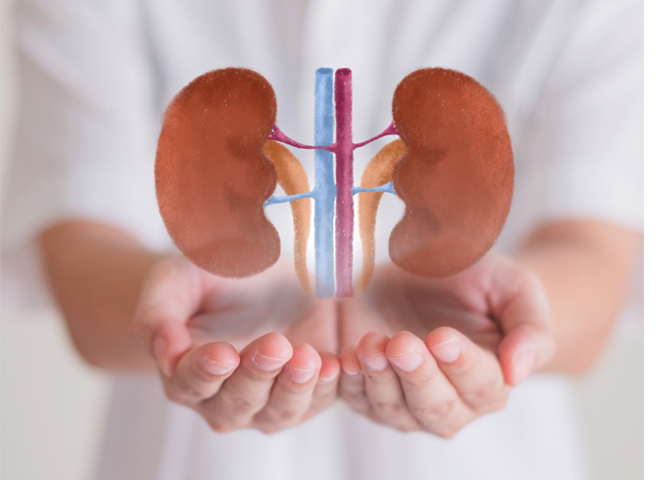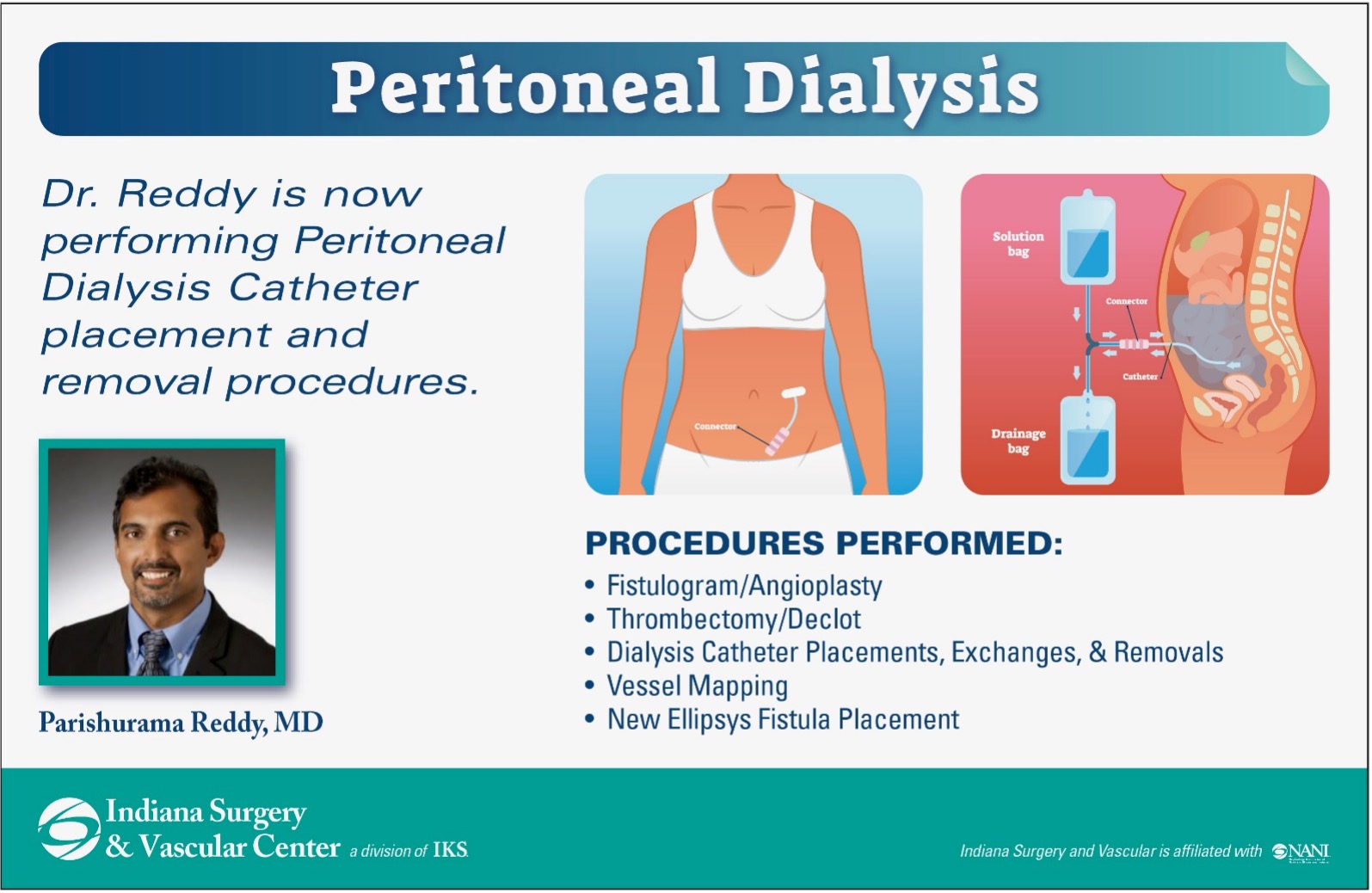Exploring the 4 Types of Dialysis Access: A Lifeline for Kidney Patients
Dialysis is a critical medical procedure that serves as a lifeline for individuals suffering from kidney failure. When a
person's kidneys can no longer perform their vital function of filtering waste and excess fluids from the blood, dialysis
becomes essential to sustain life. To conduct dialysis effectively, healthcare providers require access to the
bloodstream, which is achieved through various types of dialysis access. In this blog, we will delve into the four main
types of dialysis access, exploring their advantages, disadvantages, and how they improve the quality of life for
patients.

Arteriovenous (AV) Fistula
The arteriovenous (AV) fistula is considered the gold standard for long-term hemodialysis access. This type of access is created by surgically connecting an artery and a vein, usually in the arm. Over time, this connection enlarges the vein and strengthens the walls, making it suitable for repeated needle insertions during hemodialysis sessions.Advantages:
● Longevity: AV fistulas can last for many years if properly maintained.
● Lower infection risk: Since the AV fistula is an internal access point, the risk of infection is lower compared to external access methods.
● Improved blood flow: The high blood flow rate in an AV fistula allows for effective hemodialysis.
Disadvantages:
● Requires time to mature: AV fistulas may take several weeks to months to develop sufficiently for use.
● Surgical procedure: Creating an AV fistula involves surgery, which carries its own risks.
● Not suitable for everyone: Some patients may not have suitable veins for AV fistula creation.
Arteriovenous (AV) Graft
In cases where an AV fistula is not possible due to poor vein quality or other medical issues, an arteriovenous (AV) graft may be used. An AV graft is an artificial tube that connects an artery and a vein, typically in the arm.Advantages:
● Faster maturation: AV grafts are ready for use more quickly than AV fistulas.
● Suitable for patients with limited options: Patients with compromised veins may benefit from AV grafts.
● Versatility: AV grafts can be placed in various locations, including the arm, thigh, or chest.
Disadvantages:
● Increased infection risk: AV grafts are external to the body, making them more susceptible to infection.
● Limited longevity: AV grafts are not as durable as AV fistulas and may require replacement every few years.
● Increased clotting risk: Grafts are more prone to clotting, which can disrupt dialysis treatments.
Central Venous Catheter (CVC)
Central venous catheters (CVCs) are temporary dialysis access devices used when there is an urgent need for dialysis or when other access options are unavailable or unsuitable. CVCs are inserted into a large vein, typically in the neck or chest, and provide immediate access to the bloodstream.Advantages:
● Rapid access: CVCs can be placed quickly in emergency situations.
● Versatile: CVCs can be used in patients with limited access options.
● Temporary solution: CVCs are not meant for long-term use, reducing infection and clotting risks associated with prolonged use.
Disadvantages:
● Increased infection risk: CVCs are more prone to infections than internal access methods.
● Limited durability: Prolonged use of CVCs can lead to complications, such as narrowing of veins.
● Reduced blood flow: CVCs may not provide the same blood flow rates as AV fistulas or grafts, affecting the efficiency of dialysis.

Peritoneal Dialysis Catheter
Peritoneal dialysis (PD) is an alternative to hemodialysis, and it requires a different type of access. Instead of accessing the bloodstream, a peritoneal dialysis catheter is inserted into the abdominal cavity. This catheter allows the exchange of dialysis fluid in and out of the peritoneal cavity, where waste products and excess fluids are removed.Advantages:
● Home-based option: PD can be performed at home, offering greater independence and flexibility.
● Continuous treatment: PD provides continuous dialysis throughout the day and night.
● Reduced dietary restrictions: PD may allow for a more liberal diet compared to hemodialysis.
Disadvantages:
● Risk of infection: PD catheters can be a source of infection if not properly cared for.
● Learning curve: Patients need to be trained to perform PD at home, which can be challenging for some.
● Not suitable for all patients: PD may not be appropriate for individuals with certain medical conditions or abdominal surgeries.
The choice of dialysis access type depends on various factors, including the patient's medical condition, vein quality, and treatment goals. Ultimately, the selection of dialysis access is a critical decision that should be made in consultation with healthcare professionals, taking into account the individual patient's needs and circumstances. These access options play a crucial role in improving the quality of life and extending the lifespan of individuals with kidney failure, providing hope and essential care to those in need.
We have vascular centers located in Indiana and Illinois, please check our website for the nearest location https://www.nephdocs.com/vascular-access. As of last month Dr. Reddy, of NANI (Nephrology Associates of Northern Indiana), is performing peritoneal dialysis (PD) procedures at Indiana Surgery & Vascular Center. The services available at this location encompass a comprehensive range of vascular access and dialysis-related procedures.
©Nephrology Associates All rights reserved.
